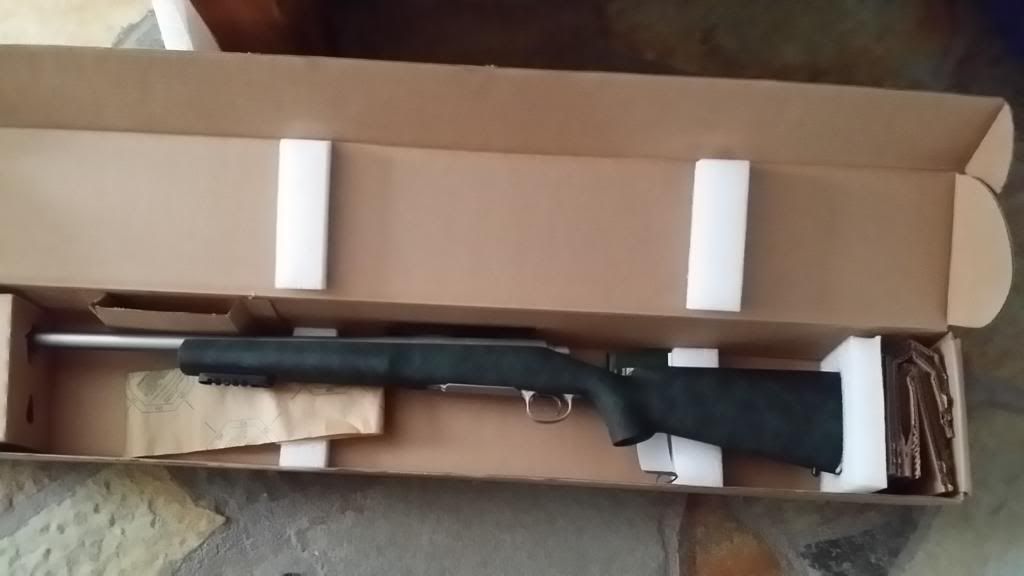I'm shooting out to 300 yards and it seems that some of my shots hit close to center, some don't hit the target at all. Some shots are 5 inches from each other, some 10 inches or more.
Basically my shots are all over the place but some do hit close to center.
What is the best way to trouble shoot this? I retorqued and check scope tightness, so I don't think that is the problem.
I'm not a very good shooter and just started but I think I'm holding the cross hairs in the center of the target. Should I shoot at less of a range?
Thanks in advance.
You don't have the knowledge to troubleshoot; but, you do not need to. Different sizes and shapes of groups can be caused by a multitude of problems/errors making it impossible to discern all causes of misplaced shots. Yet, because all shooter errors originate from inconsistency and incorrect compensation for effects on trajectory, i.e. wind and weather, not hitting where aimed can be quickly resolved without troubleshooting by concentrating on what needs to be properly accomplished, i.e. sight alignment, and trigger control.
I see what you describe everyday. A shooter gets good results at 100 yards. He thinks he knows how to do it, then, things fall apart at 300 yards. What's happening is at 300 yards the miniscule angular errors the shooter is making for not having consistent control over the rifle are unmasked. In addition to not knowing how to build a steady position, the shooter does not know how to pull the trigger, counter for wind and weather conditions, or even get a consistent perspective of aim.
The one good thing about all of this is the shooter may, from this eye opening experience, come to understand he does not know anything about good shooting. He may even discover that without some basic marksmanship training the match trigger, bipod, big ass scope, match ammunition and match grade rifle only serve as substitutes for marksmanship at a very short distance. Still, there are some who will not get it. These folks will imagine the rifle is broken or the ammunition is defective; and, being fixated on the equipment, they will pursue equipment upgrades rather than marksmanship, since, to them, equipment is synonymous with marksmanship.
Get some marksmanship training. Sign up for the rifle phase of the USAMU's Small Arms Firing School July 15 through 17 at Camp Perry. This will get you off to a great start. From such training you will become aware of what's important to good shooting. You will also learn how to call your shots and, whether shots go on call or not, what the call means about shot misplacement.
One more thing, your rifle, if not broken, and ammunition, if not defective, are not thwarting results. You can learn everything there is to know about good shooting from such a rifle and ammunition. There is no doubt that match grade can get better results but even with rack grade the bullet always goes in the direction the barrel is pointed. This means the bullet holes on the target indicate where the barrel was pointed. Therefore, if shots did not go where aimed it is because you either did not know where the barrel was pointed or you did not maintain aim. The bottom line is you don't need to change your rifle or ammunition, just learn how to properly point the rifle with consistent sight alignment and pull the trigger without moving the rifle utilizing SMOOTH trigger control.


